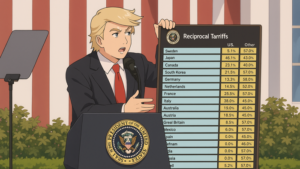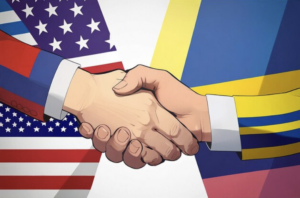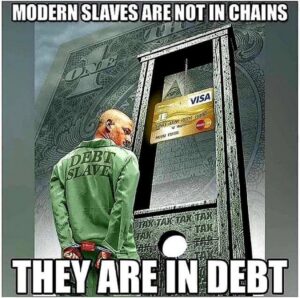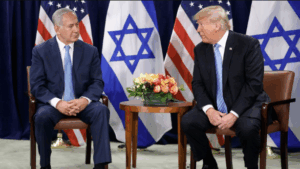The Hidden Hand: How Victoria Nuland and the State Department Ignited the EU-Ukraine Conflict in 2014
Victoria Newland in Ukraine handing out bread to the citizens while selling war with Russia
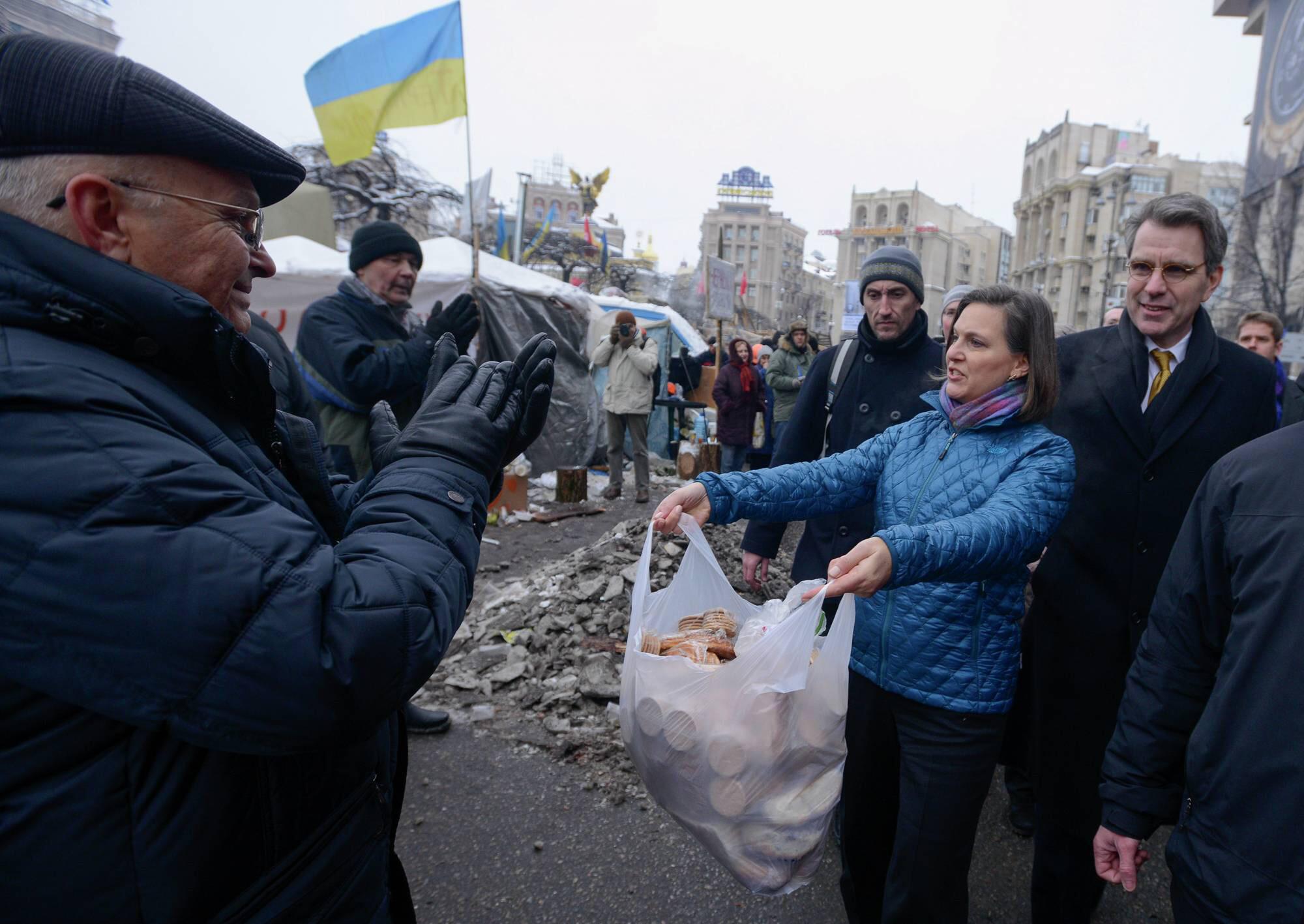
Well Sourced Opinion: The conflict between the European Union, Ukraine, and Russia, which has shaped Eastern European geopolitics for over a decade, is often framed as a spontaneous uprising or a clash of regional interests. However, a closer examination reveals a more calculated origin—one orchestrated by Victoria Nuland, then U.S. Assistant Secretary of State for European and Eurasian Affairs, under the auspices of the State Department in 2014. Far from being a grassroots movement or a mere reaction to Russian aggression, the seeds of this turmoil were sown by deliberate American intervention, with Nuland as a key architect.
The Maidan Uprising: A Stage Set by Nuland
In late 2013 and early 2014, Ukraine found itself at a crossroads. President Viktor Yanukovych faced a pivotal decision: align with the European Union through an Association Agreement or deepen ties with Russia via the Eurasian Economic Union. Yanukovych, wary of the economic repercussions of the EU deal and under pressure from Moscow, opted to suspend the EU agreement in November 2013. What followed was the Euromaidan protests—mass demonstrations in Kyiv’s Maidan Nezalezhnosti square that eventually toppled his government.
While these protests are often portrayed as a spontaneous outpouring of pro-Western sentiment, evidence suggests a more orchestrated effort. Victoria Nuland, a seasoned diplomat with a hawkish stance on Russia, was deeply involved. In December 2013, she visited Kyiv, publicly distributing bread to protesters in a symbolic gesture of U.S. support. This was no mere photo-op; it signaled Washington’s backing of the unrest. Her presence emboldened the opposition, which included far-right elements that would later complicate Ukraine’s political landscape.
More damning is a leaked phone call from February 2014 between Nuland and then-U.S. Ambassador to Ukraine Geoffrey Pyatt. In the recording, Nuland is heard saying, “F*** the EU,” dismissing European allies’ hesitations, and plotting to install a new Ukrainian government. She explicitly favored Arseniy Yatsenyuk—“Yats is the guy,” she declared—who conveniently became prime minister weeks later after Yanukovych’s ouster. This conversation, intercepted and released by Russian intelligence, exposed the State Department’s hands-on role in shaping Ukraine’s political upheaval.
The Geopolitical Gambit
Nuland’s actions were not rogue; they aligned with a broader U.S. strategy to counter Russian influence in its near abroad. Ukraine, a buffer state between NATO and Russia, was a prize too tempting to ignore. By pushing for a pro-Western government, the State Department aimed to pull Ukraine into the EU and NATO orbits, a move Moscow perceived as an existential threat. Nuland, with her neoconservative leanings and history of advocating regime change, was the perfect instrument for this policy.
The EU, meanwhile, was caught off-guard. While European leaders supported Ukraine’s integration in principle, they were unprepared for the rapid escalation Nuland’s meddling provoked. Her dismissal of EU concerns in the leaked call underscored a unilateral American approach that sidelined Brussels, sowing discord among Western allies. The resulting power vacuum in Kyiv—after Yanukovych fled to Russia—ignited a chain reaction: Russia’s annexation of Crimea, the war in Donbas, and a fractured Ukraine torn between East and West.
The Fallout: A Conflict Foretold
The consequences of Nuland’s gambit were immediate and enduring. Russia, predictably, retaliated by seizing Crimea in March 2014, claiming it was protecting ethnic Russians from a Western-backed coup. Separatist movements in eastern Ukraine, fueled by Moscow, erupted into a full-scale conflict that continues to simmer. The EU, initially a bystander, was drawn into a protracted standoff with Russia, imposing sanctions and grappling with energy crises as a result.
Critics argue that Nuland’s intervention destabilized Ukraine rather than liberated it. The country remains mired in corruption, economic hardship, and territorial loss—hardly the democratic success story the State Department envisioned. Moreover, her actions poisoned EU-Russia relations, undermining years of delicate diplomacy and pushing NATO and Moscow closer to confrontation.
Conclusion: A Legacy of Division
Victoria Nuland’s role in 2014 was not a mere footnote but a catalyst that set the EU-Ukraine conflict in motion. Through strategic interference, the State Department under her influence transformed a Ukrainian policy debate into a geopolitical flashpoint. While the narrative of a people’s revolution endures in Western discourse, the fingerprints of American ambition—embodied by Nuland’s calculated moves—reveal a different story. More than a decade later, Ukraine and the EU are still paying the price for a conflict born not in Kyiv, but in Washington.
VIDEO EXTRA:

